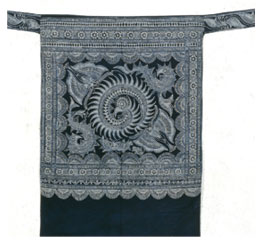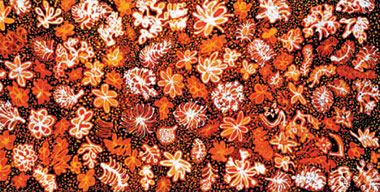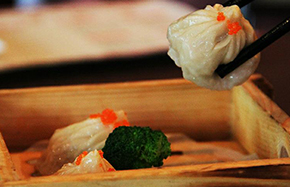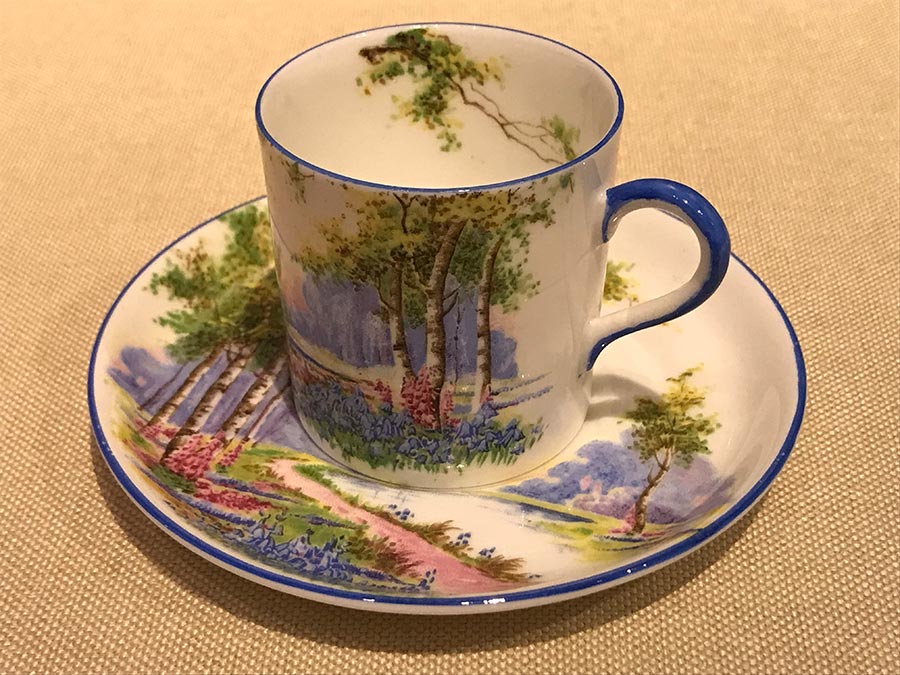Indigenaous innovation

Traditional cloth paintings come in many forms. They may be ultramarine blue or russet and orange in color, and their patterns may be regular and symmetrical or abstract.
Some 40 pieces of batik works from southwest China's Guizhou province and nearly 100 silk paintings created by 88 Australian Aboriginal artists are now on show in Beijing. Batik, wax print on cloth, is a traditional art popular among minority groups in south China. Some of the products made by Batik artists are scarves, coats, aprons, bags and accessories.
Guizhou Province is one of the major batik art bases in China. According to historical documents, the batik art of China's ethnic groups was derived from work produced in the Central Plains during the Qin dynasty (221-206 BC).

White cloth is first covered with wax, on which patterns are "drawn" with a knife. The finished wax-cloth is then soaked in blue dyes. During the dying procedure, natural moirs forms on the cloth, a feature unique to batik artworks.
Silk painting in Utopia, an Aboriginal community in Australia's Northern Territory, boasts bold colors: red, orange, maize and umber, radiate warmth and sunshine. The patterns: flower, leaf, geometric figure and abstract design, convey the love of the local artisans for their homeland.
Inspirations for Utopia art come from folk stories, ritual ceremonies and respect for tradition and the land.
Wu Liping
9 am-5 pm, until March 30. National Art Museum of China, 1 Wusi Dajie, Dongcheng District. 6401-7076. 中国美术馆, 东城区五四大街1号
(China Daily 03/22/2008 page6)














